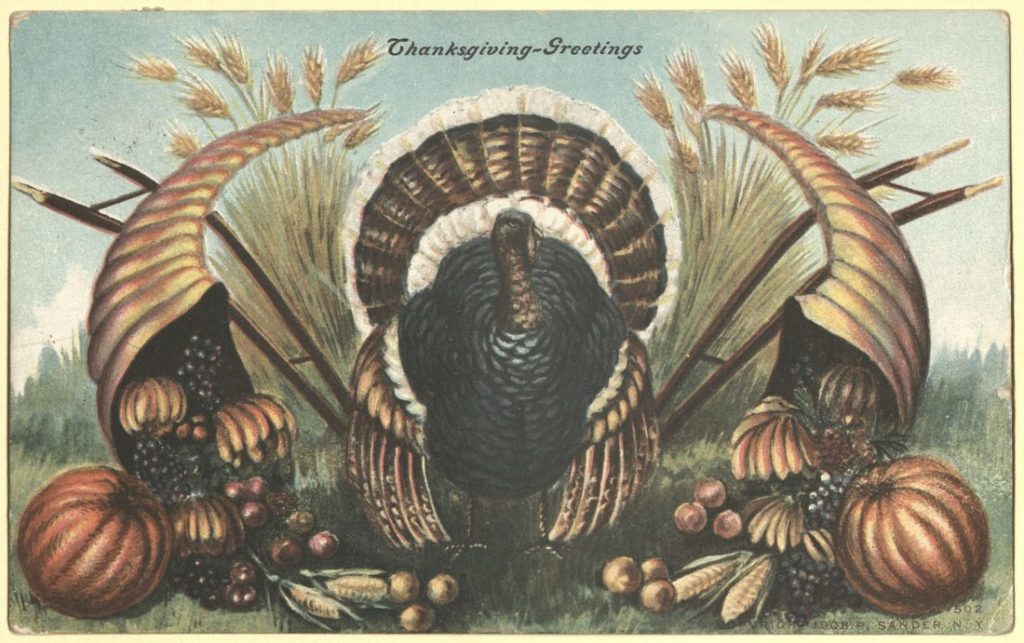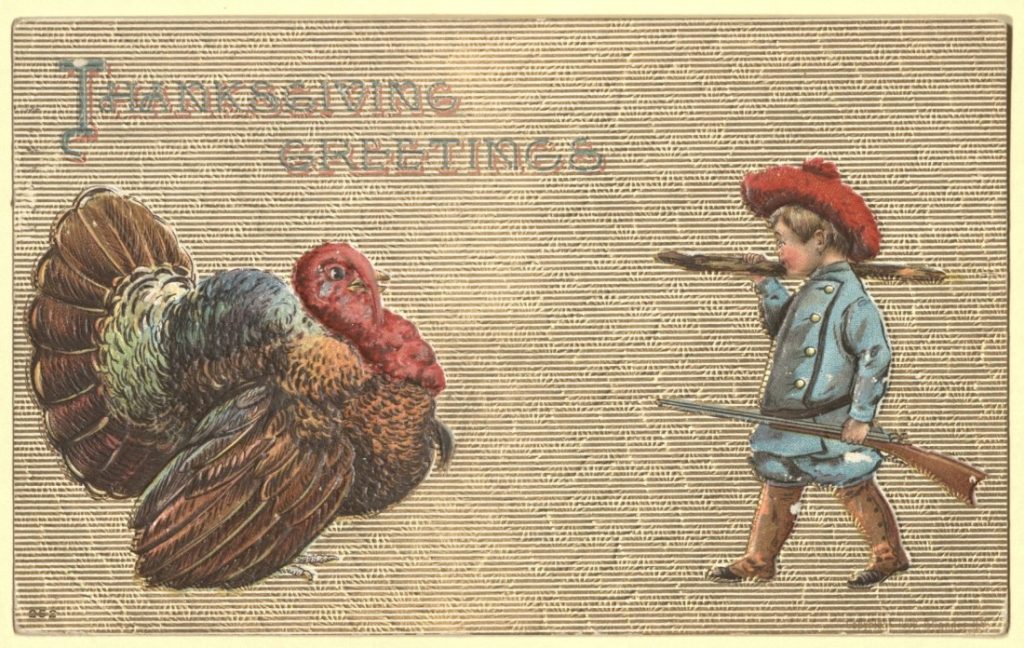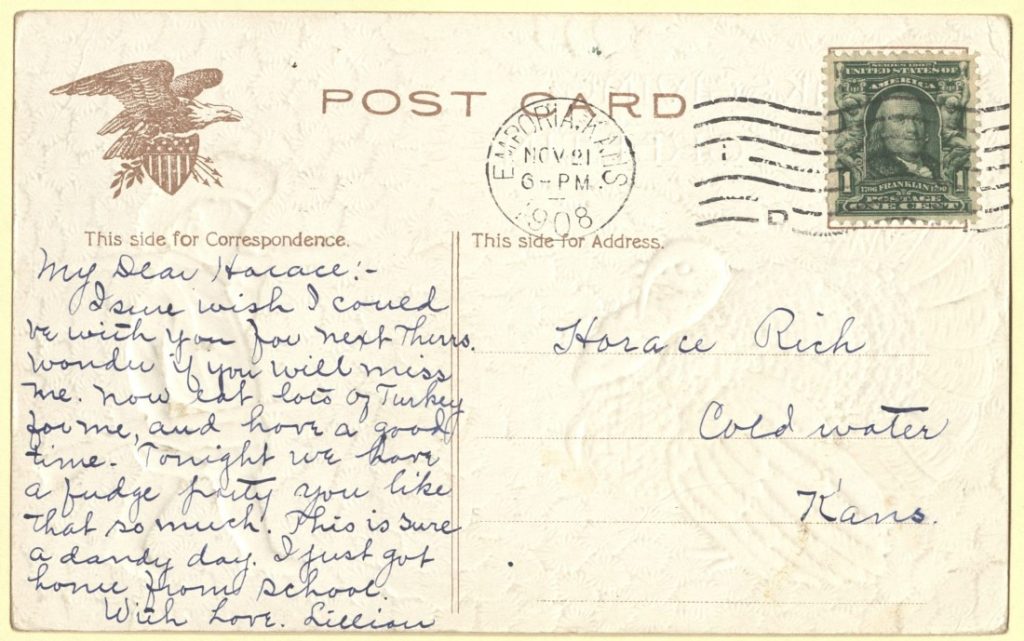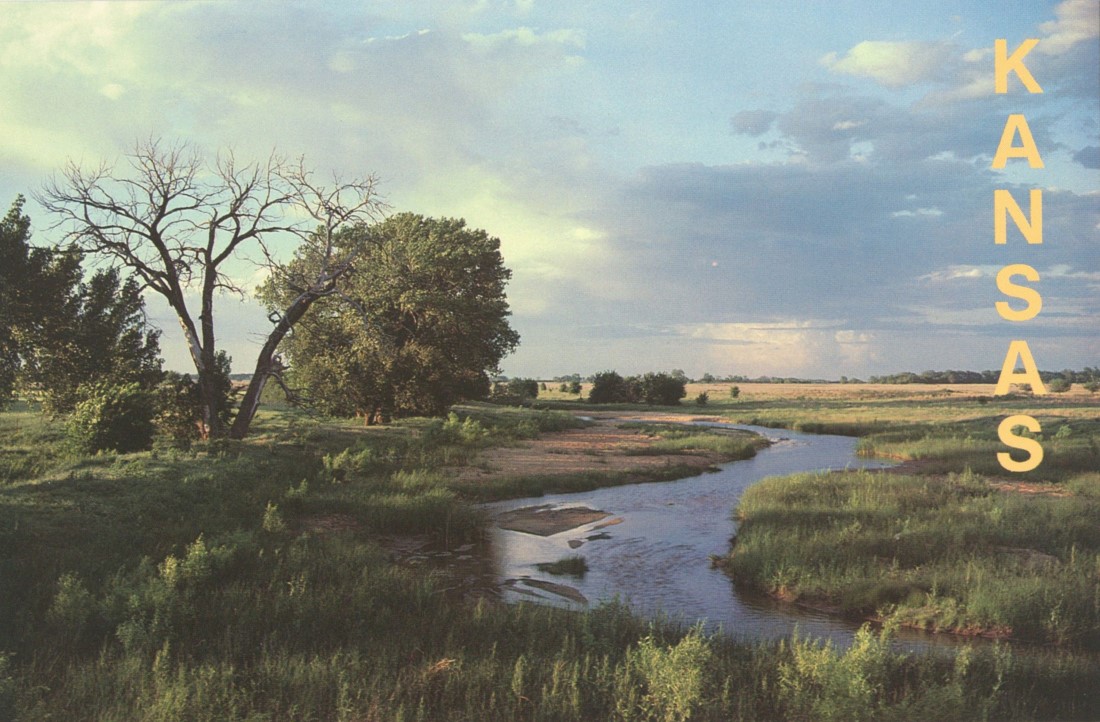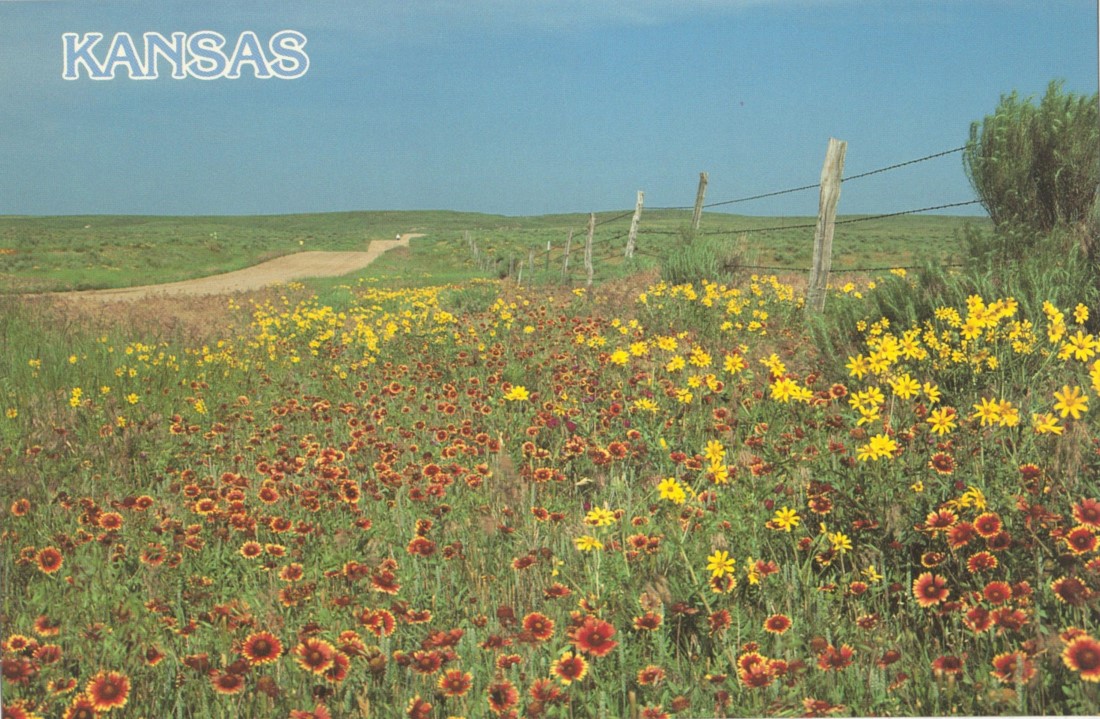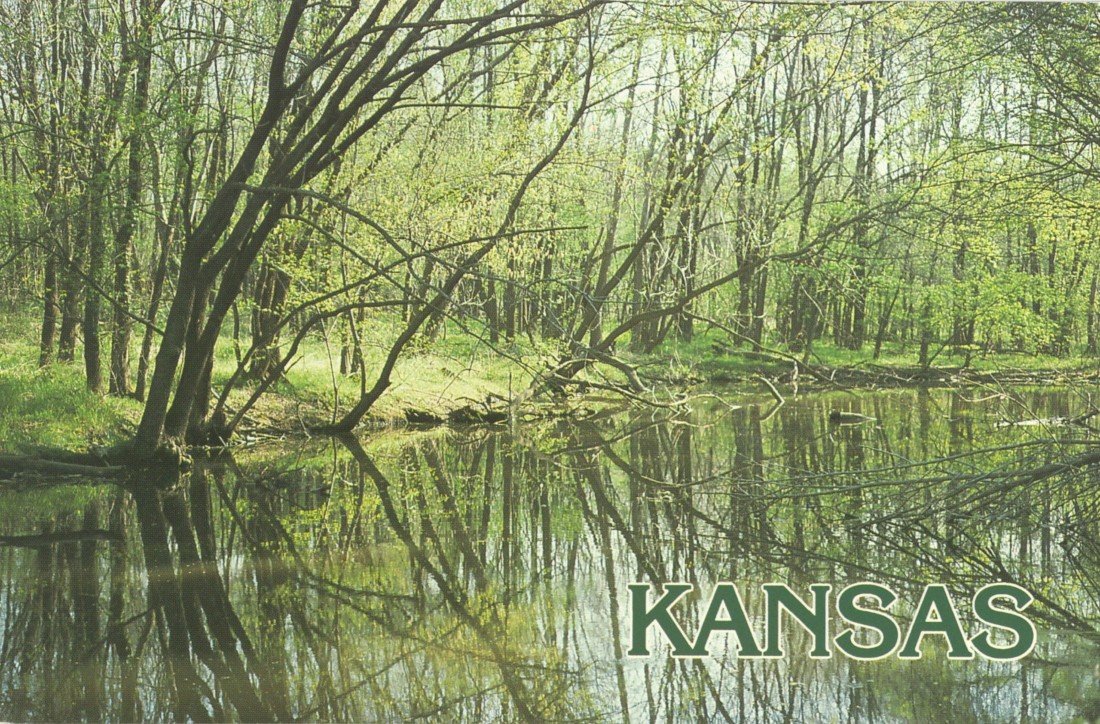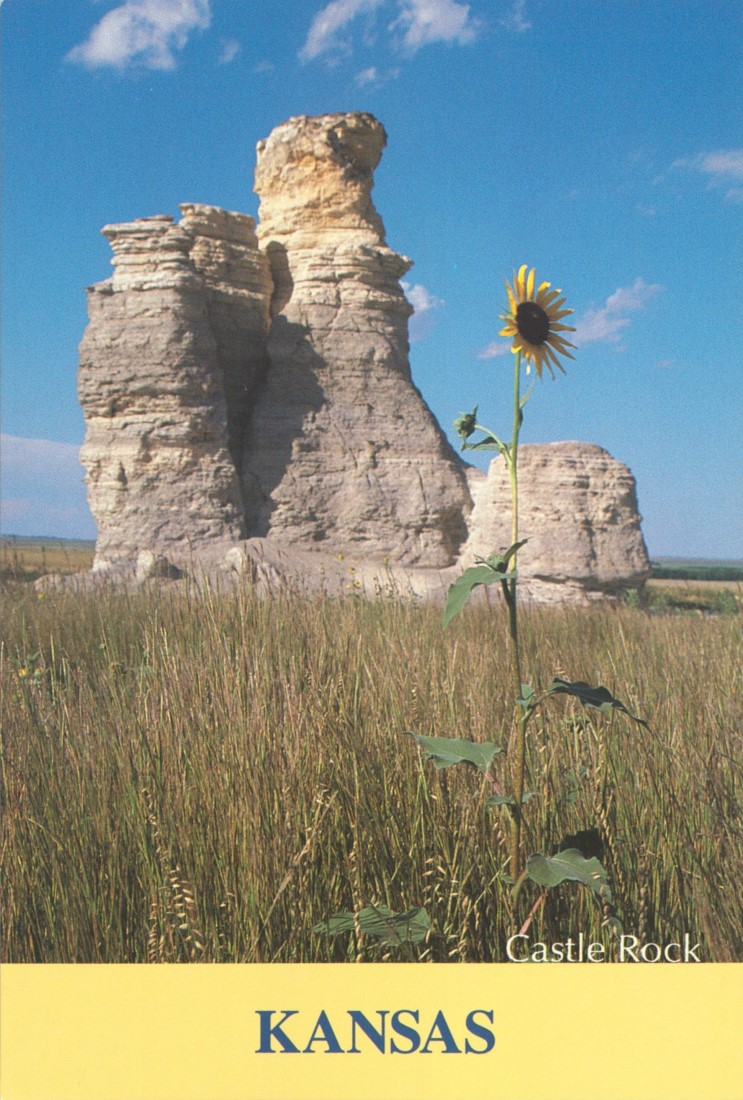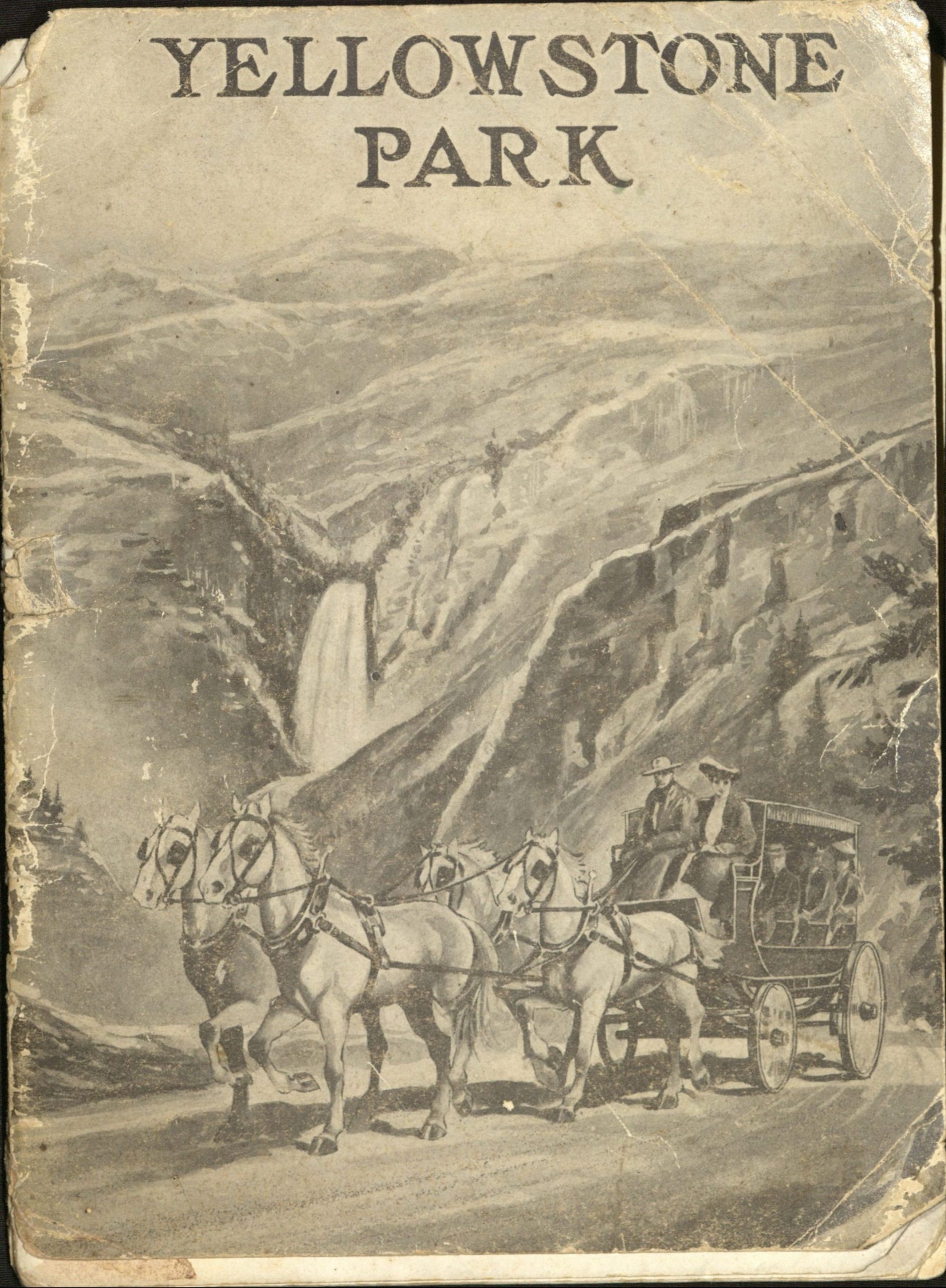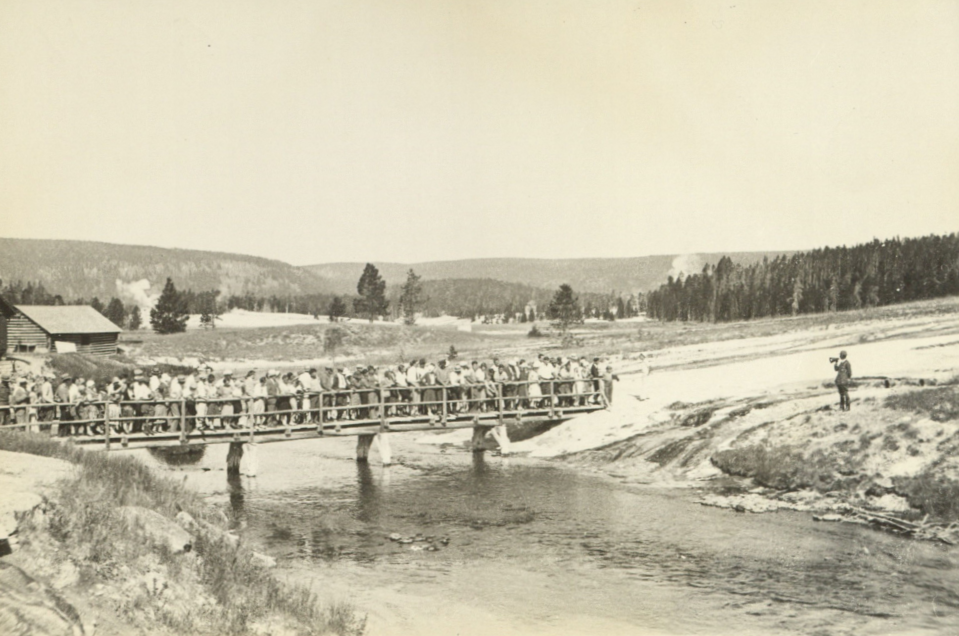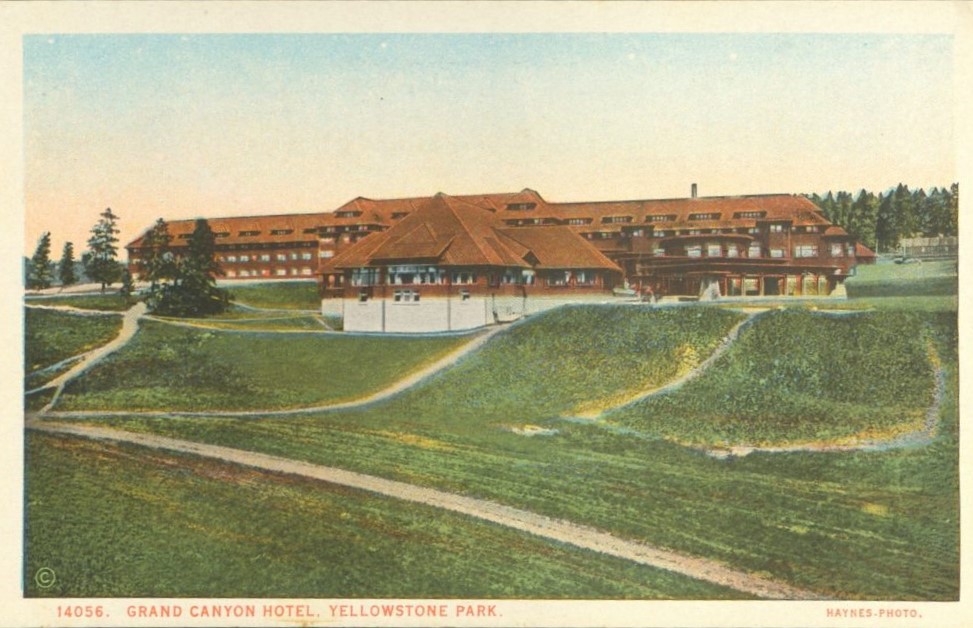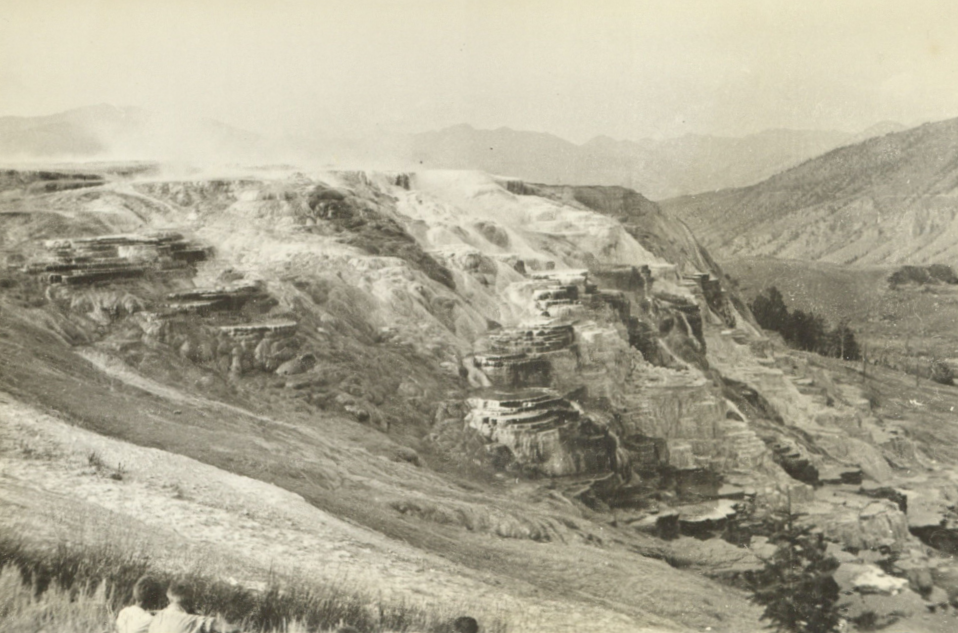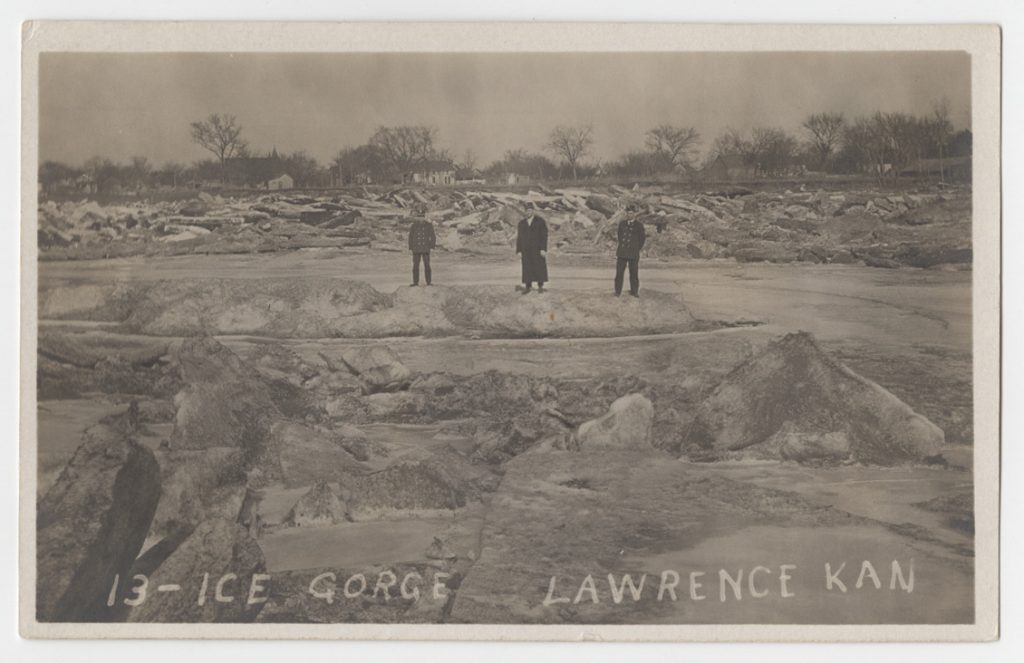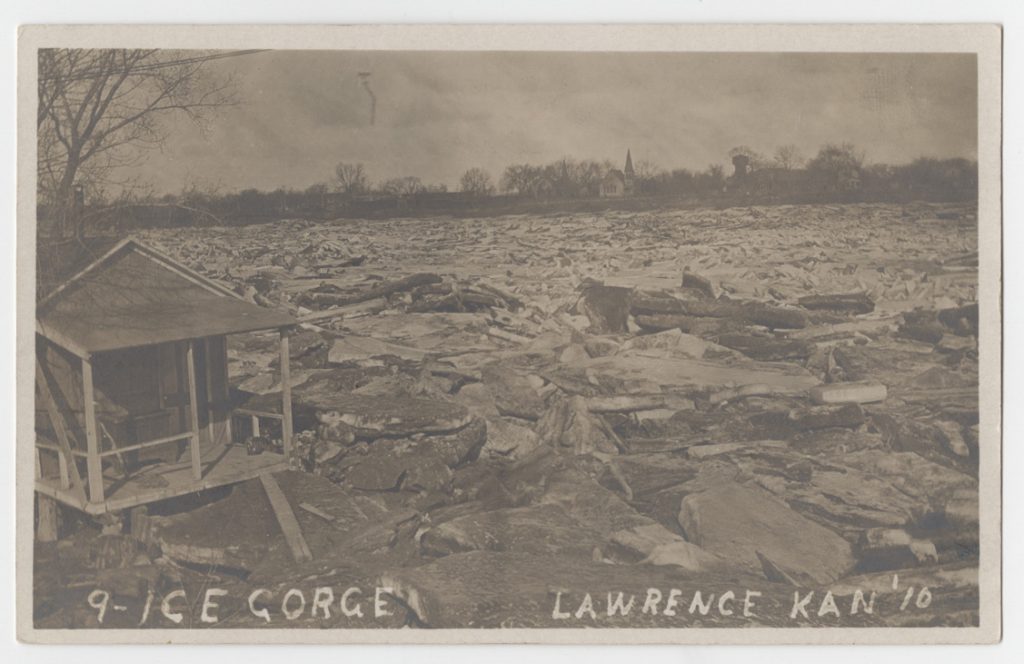That’s Distinctive!: Kansas Postcards
March 15th, 2024Check the blog each Friday for a new “That’s Distinctive!” post. I created the series because I genuinely believe there is something in our collections for everyone, whether you’re writing a paper or just want to have a look. “That’s Distinctive!” will provide a more lighthearted glimpse into the diverse and unique materials at Spencer – including items that many people may not realize the library holds. If you have suggested topics for a future item feature or questions about the collections, feel free to leave a comment at the bottom of this page.
This week on That’s Distinctive! I am sharing some early twentieth-century postcards from our Kansas Towns Photograph Collection. The town shown are Burlington (1910), Clyde (1907), Eudora (1908), and Hays (1910). As seen, stamps at that time were one cent and featured Benjamin Franklin.
The back of the Hays postcard is labelled “J. BOWERS Photographic Co., London.” According to the Flint Hills Special Digital Magazine, John Bowers was born in 1865 and took up the trade of photography in 1896 after returning from a two-year world tour. Around 1906, Bowers and his family moved to Long Beach, California, where he opened a photography studio. During this time, he frequently visited Topeka, Kansas, by train where he “engaged in photographic excursions…Between 1907 and 1910, Bowers produced a large volume of postcard photographic views from Kansas, Missouri, Iowa, and Nebraska.” Bowers’ postcards from Kansas are described as “numerous and noteworthy.” In 1908, there was an explosion of interest in collecting real photo postcards, which only fueled Bowers’ business. There is no evidence that he ever operated a studio in London. More on Bowers’ life and adventures, along with more images of his postcards, can be found via the Flint Hills Special.
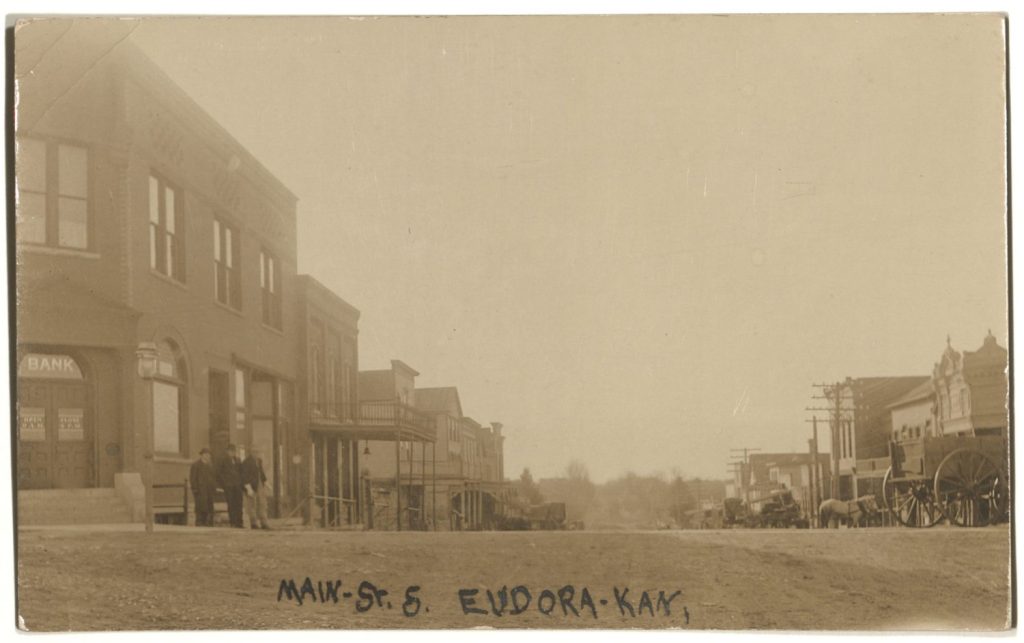
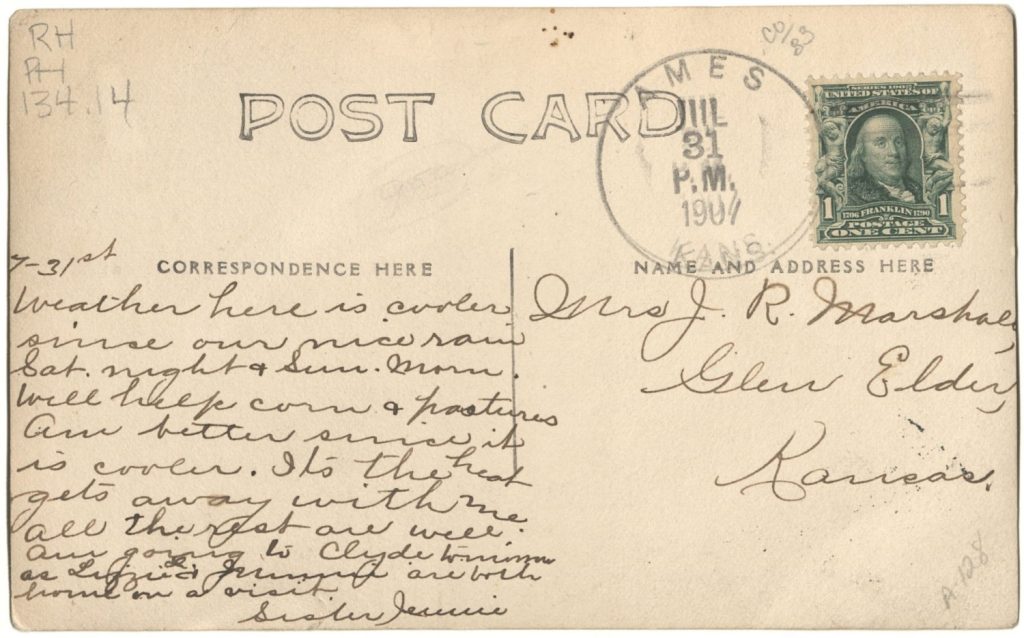
Here is a transcription of the postcard from Clyde:
7-31st
Weather here is cooler
since our nice rain
Sat. night & Sun. morn.
Will help corn & pastures
Am better since it
is cooler. It’s the heat
gets away with me.
All the rest are well.
Am going to Clyde tomorrow
As Lizzie [L?] & [Jeremia?] are both
home on a visit.
Sister Jennie

Tiffany McIntosh
Public Services


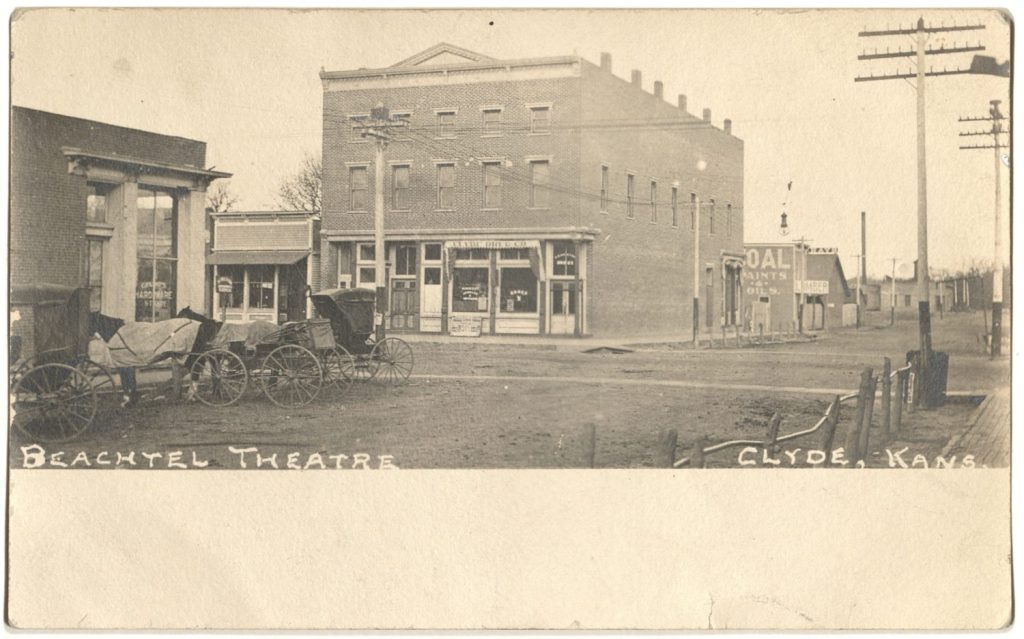
![Sepia-toned photo of a dirt street with two-story buildings - and some horses and wagons - on each side. A handwritten note says "2803 Chesnut [sic] St, Hays, Kans."](https://blogs.lib.ku.edu/spencer/wp-content/uploads/2024/03/RH-PH-134_Hays-front-1024x650.jpg)
